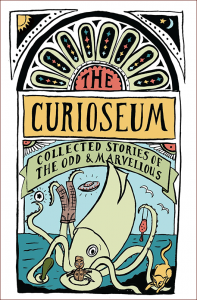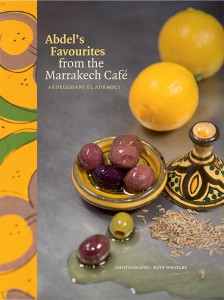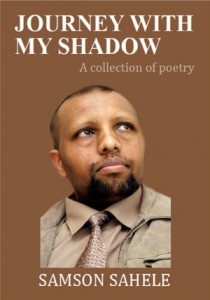More of Us is not just a book, but a project!
In 2017, we had the idea of making a collection of poems by migrants and people of refugee backgrounds. In 2018, this idea took shape. We put out a call for submissions through every outlet we could think of. But at the same time, we didn’t want this collection, called More of Us, to be just poems by experienced writers or long-time residents of New Zealand.
So I began to run workshops in high schools for ESOL classes. Just two workshops, I said. Well, here it is eight months later and I’ve just run the last workshop at Mana College in Porirua. And what an extraordinary journey for those students, who have read their poetry this year at several public events, the last being the Wellington Litcrawl Armistice day event.
I’ve also been running workshops at English Language Partners in Porirua, with a group of women who have written some remarkable things.
Some of these students and women are in the More of Us book. By writing poetry they’re becoming part of the mainstream! And the More of Us project will continue to unfold.


 The Curioseum – creating a curious collection!
The Curioseum – creating a curious collection!
 In 2011–2012, I worked with Samson Sahele on his collection of poems. Samson is a poet, journalist, teacher, and refugee advocate. He came to New Zealand from Ethiopia in 2000 and works for the Wellington Refugees as Survivors Trust.
In 2011–2012, I worked with Samson Sahele on his collection of poems. Samson is a poet, journalist, teacher, and refugee advocate. He came to New Zealand from Ethiopia in 2000 and works for the Wellington Refugees as Survivors Trust. Purple Dandelion is the autobiography of Farida Sultana, published in 2011.
Purple Dandelion is the autobiography of Farida Sultana, published in 2011.
